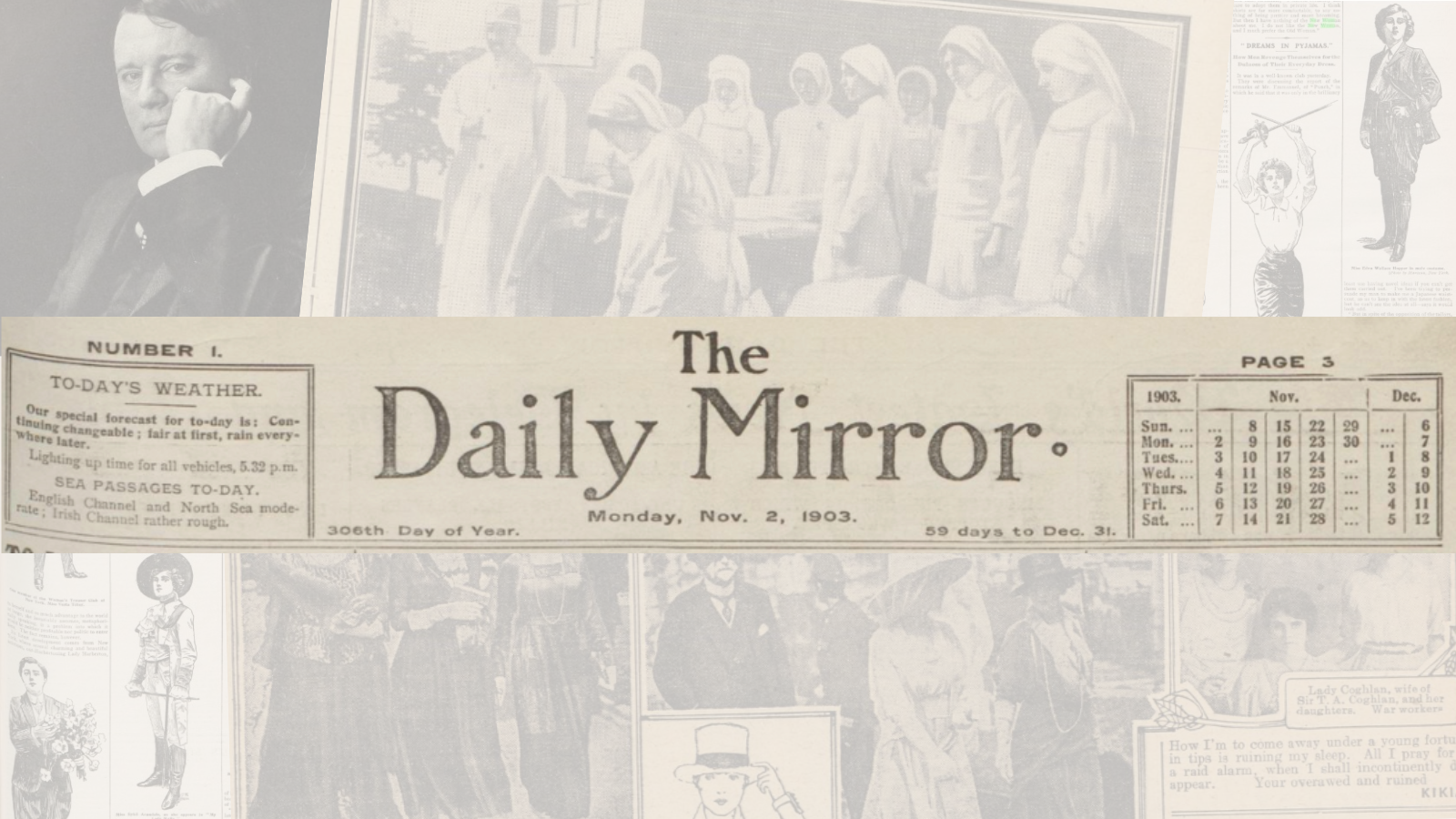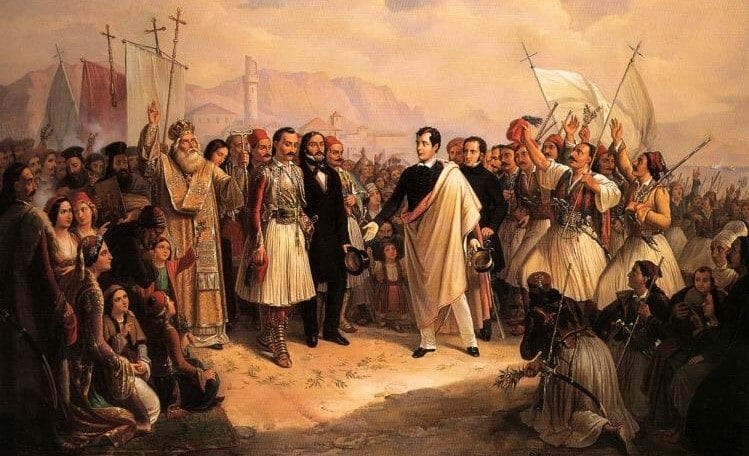│By Lucy McCormick, Gale Ambassador at the University of Birmingham│
The Daily Mirror began life in 1903 as a journal for respectable women – a burgeoning demographic at the fin-de-siècle, to whom the major daily newspapers did not cater. It launched staffed by women and pursued a female (although not exclusively) readership. Adrian Bingham’s article for Gale is a fascinating exploration of the Daily Mirror’s relationship with women. Building upon this rich contextual knowledge, this blog stresses the significance of this venture to embolden female readers and female writers in the androcentric tabloid press.
How did the Mirror depict women? Why did Arthur Harmsworth centralise women in his newspaper? How did women forge new roles for themselves as journalists and readers? This Women’s History Month, we are delving into Gale’s archive of the Mirror from 1903 to find out more.










